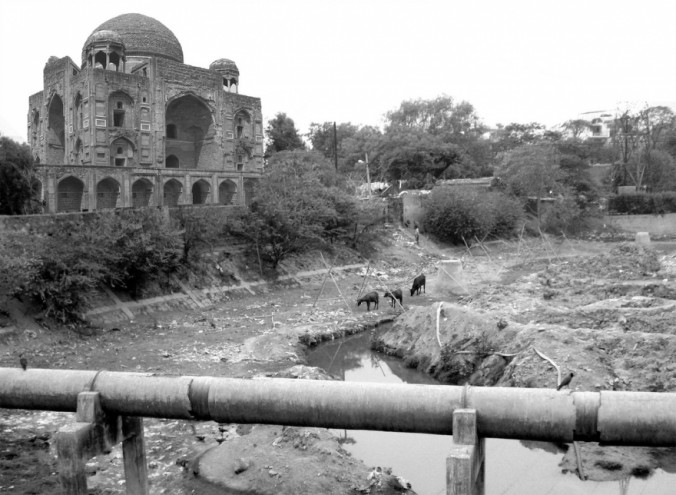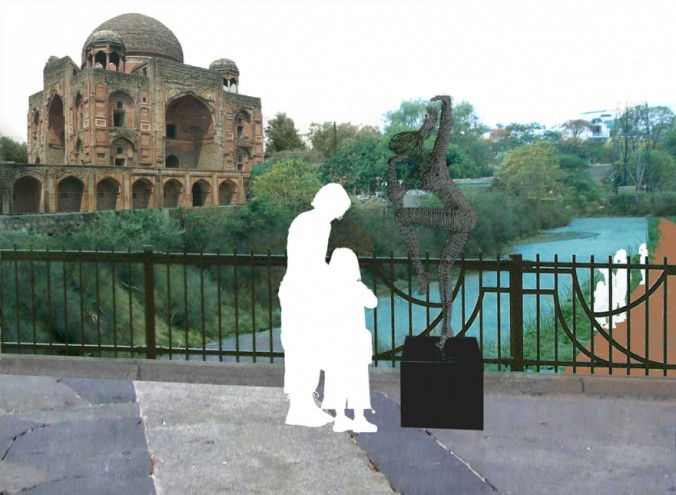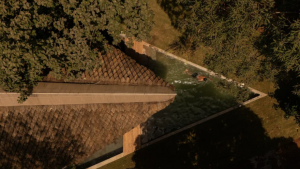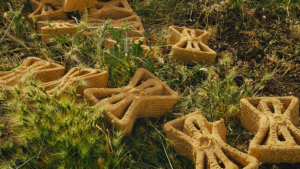In 2009, leading architecture firm Morphogenesis penned a sustainable urban blueprint to revitalise the network of polluted waterways (nullahs) in New Delhi. The revitalisation would ease traffic congestion and reduce pollution.
The streets of New Delhi are chaotic and crowded, and the situation is expected to worsen as an estimated 1 400 cars are added to the roads everyday. The noise pollution exceeds regulations set by the Indian Central Pollution Control Board, and according to the Delhi Pollution Control Committee, the air quality in New Delhi dropped to the “very poor” level.
New Delhi-based urban planner Manit Rastogi crafted a plan after studying the network of 18 major nullahs and the 20 000 smaller ones of the Yamuna, the main waterway that New Delhi was founded upon. To restore the polluted waterways, Morphogenesis proposes a multistep plan. Cleaning the riverbeds and recycling the rubbish is the first step.
To do this, the firm suggests installing organic reed beds and aerators to clean the sewage entering the waterways – it’s environmentally friendly and cheap. Yamuna is a major water source and these efforts will also recharge the river.
“Most of this network dates back 700 years – Yamuna water was channelled through them to irrigate different places – they degenerated to being filth carriers of the city due to lack of knowledge about their potential,” Rastogi told The Hindu.
Morphogenesis believes that cleaning the waterways have the potential to ease traffic by opening land for walk and cycle paths that connect to public transport and social, cultural and heritage sites throughout the city. They estimate that the plan could be implemented for between a million and $150 million.
Morphogenesis submitted the proposal to Delhi Government in 2009 and it was in the local news in the run-up to the 2010 Commonwealth Games in Delhi, but it has since been placed on the back burner. A campaign to push the plans forward to execution is gaining steam on the social media.
Images via Archdaily.
















